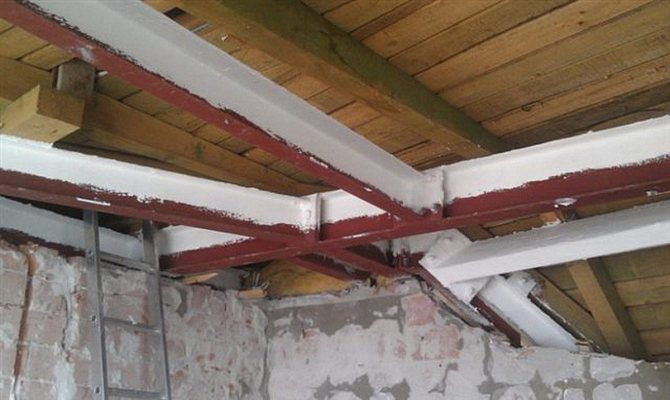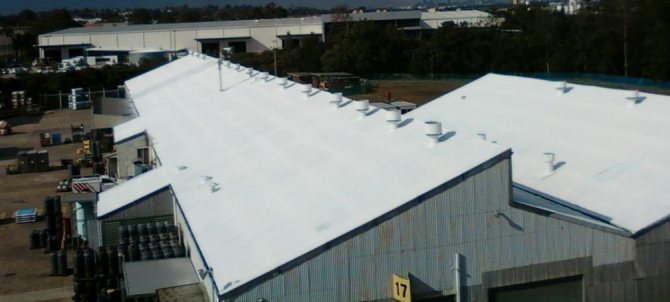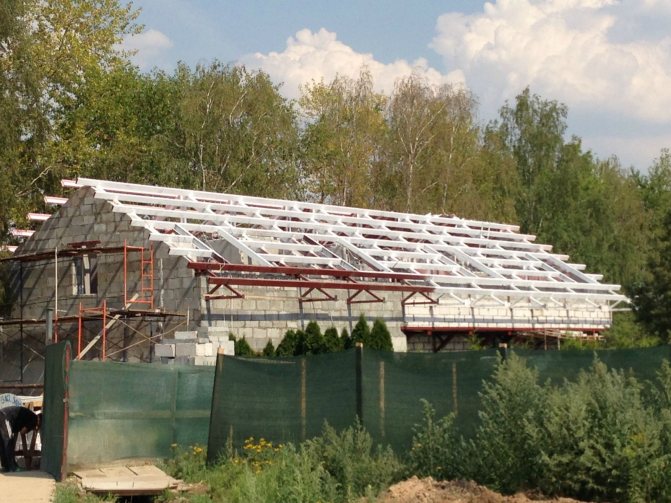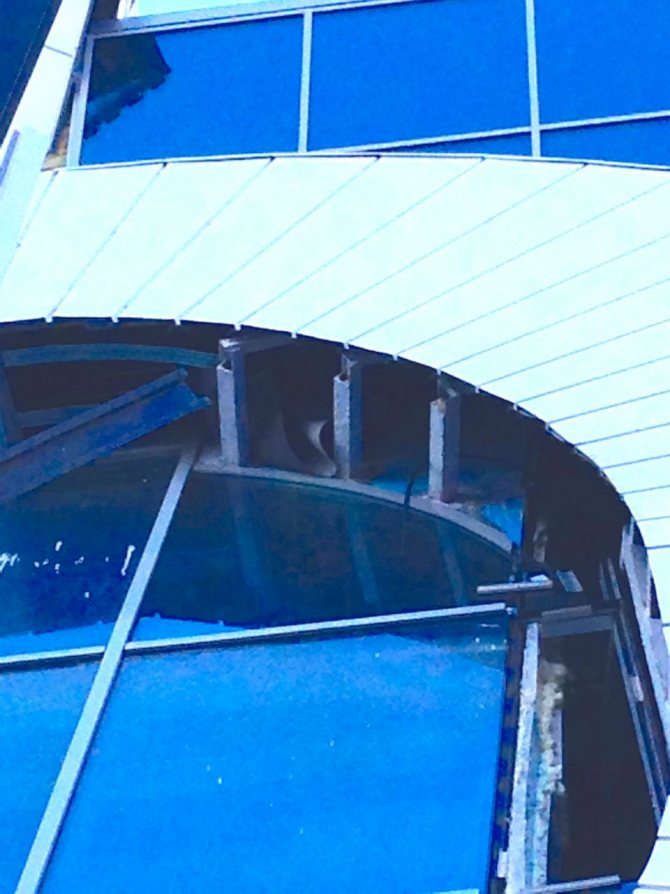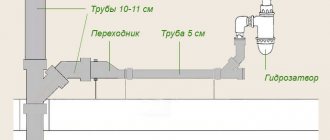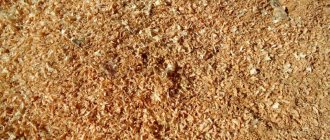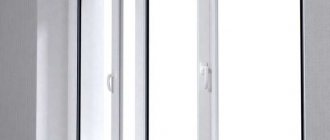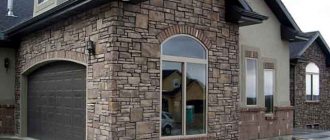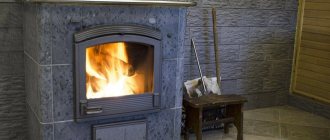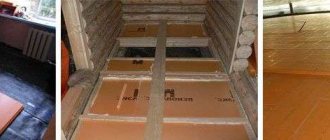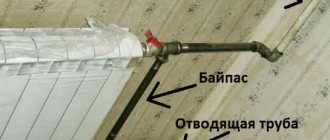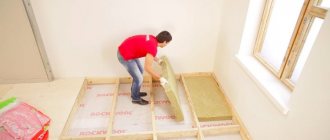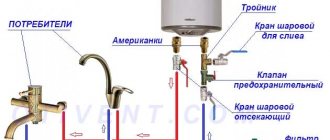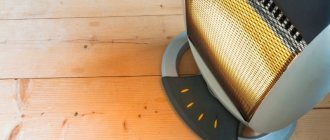Thermal insulation of metal structures
AKTERM Metal
The heat-and-energy-saving coating is used for thermal insulation of metal structures, tanks, containers, pipelines, furnaces with operating temperatures up to +200 ° С. Effectively reduces heat loss, eliminates condensation and freezing, protects against corrosion, improves the microclimate in boiler rooms, and ensures the safety of personnel from burns.
More details
AKTERM ® for metal structures and roofs.
Purpose of metal structures
The current intensive growth of industry has provided the widest variety of structural metal parts used in construction.
The manufacture of metal structures implies the use of steel and aluminum as the main material.
Steel, being one of the most affordable and strong materials, is used in the construction of structures for the military sphere and industry.
And also for the construction of civil buildings such as entertainment, shopping centers, sports. complexes, recreation centers and even during the construction of a guest house.
Aluminum, on the other hand, due to its light weight, is used for the manufacture of metal structures intended for use as fencing and load-bearing.
Almost ubiquitous use of metal structures is ensured by a number of their indisputable advantages:
-Availability of metal as one of the strongest materials.
-Good level of electrical conductivity, thermal conductivity.
-Weldability of metal.
-Excellent indicators of transportability.
- Remarkable speed of installation of metal structures.
-High level of reliability and durability.
There is, however, in metal structures and a minus, which is not in brickwork. This refers to the high level of susceptibility to corrosion of steel products, as well as cast iron.
In this regard, the manufacture of metal structures necessarily includes such a stage as the processing of finished products with one of the protective equipment (special paints and varnishes or the use of a hot-dip galvanizing method).
In order for the metal structure to be more protected from the occurrence of destructive processes, the place of its storage must be isolated from sources of moisture (groundwater, precipitation, various vapors, etc.). And also a special need is the thermal insulation of walls made of metal structures.
It is allowed to store products made of high-strength metals in an environment where the humidity level is less than sixty percent. Finding them in the immediate vicinity of aggressive media (salts and gases) is unacceptable.
If we talk about the manufacture of metal structures using aluminum or zinc coating, then it is necessary to work with such products so as not to break the protective layer in any case.
When resistance welding is used during the installation of structures, it is required to select a mode that will least damage the protective coating (i.e., arc welding cannot be used).
If a metal structure is used to make reinforced concrete products with autoclave hardening, for example, a pile foundation, then materials such as latex-mineral coating, cement-bitumen or bitumen-polymer mastic and other similar means are used to protect metals.
AKTERM Anticor
AKTERM Anticor ™ is an ultra-thin liquid thermal insulation with anticorrosive properties on an organic solvent.It is used for thermal insulation and anti-corrosion protection of metal structures, metal products and spare parts, tanks, pipelines, transport, etc.
More details
According to the laws of physics, warm air rises upward, thus, large heat losses occur due to the absence roof insulation or insufficiently effective properties used thermal insulation material. Even if the roof or attic is not used as a living space, they must be reliably insulated. to protect against the negative effects of wind, sunlight, low and high ambient temperatures... All these factors increase heat loss and increase the cost of heating and maintenance of the interior.
Good thermal conductivity of metal can lead to a fatal side effect - the appearance of "thermal bridges", which also increase the loss of heat energy and damage construction. A "thermal bridge" is a part of the enclosing structure that has a higher thermal conductivity than the main metal structure. Examples: protruding balcony slab, building canopy, etc. "Thermal bridges" lead to a decrease in the temperature of the inner surface of the building, as a result of which increased humidity inside the building envelope.
Effective insulation of roofs and metal structures helps in solving the following tasks:
- Effectively combats thermal bridges;
- Helps prevent heat flow in metal beams;
- Protects metal from corrosion;
- Retains heat energy in winter and reduces heating in summer;
- Reduces thermal stress and potential damage to load-bearing metal structures;
- Protects against condensation;
- Protects against overheating and hypothermia to reduce the cost of heating and air conditioning premises, warehouses;
- Provides fire protection;
- Helps to increase the service life.
Liquid insulation AKTERM ® suitable for all types of metal and various roof structures. Does not require additional fasteners and does not create additional stress on metal structures. Thanks to its texture and innovative properties, liquid thermal insulation AKTERM ® easy to apply even to hard-to-reach areas, creating a smooth, neat surface. The finishing layer AKTERM ™ can be painted in any decorative color, it is also possible to apply logos and names.
Types of heaters
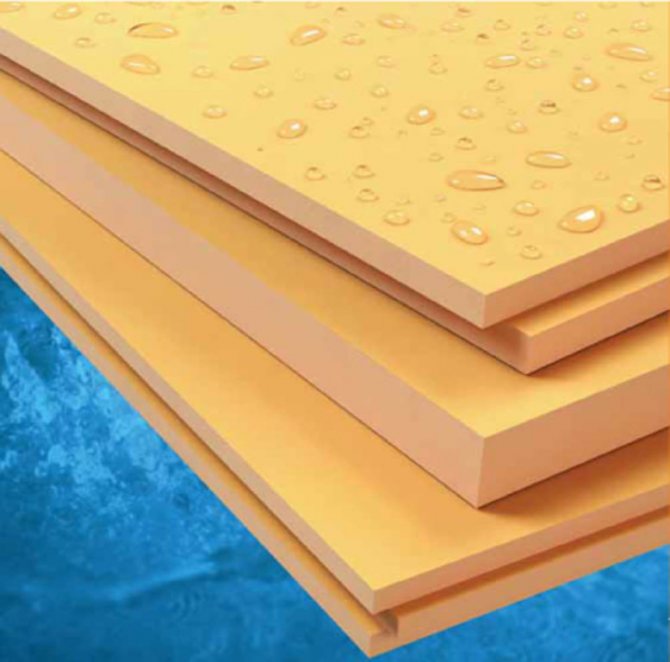
Expanded polystyrene is one of the best heaters on the modern thermal insulation market: a high degree of thermal insulation, does not rot, does not allow moisture to pass through.
Penoizol is a well-known and inexpensive material since the last century. Has a porous fine-mesh structure. Pleasantly pleased with the cheapness. It can be used both in sheet form and by filling.
Fiberglass or glass wool - consists of long and wide fibers, between which there are a large number of voids, and the voids are filled with air. This ensures good thermal insulation as well as noise protection. The material is strong and resilient, tolerates vibration well, and is durable. Fiberglass does not absorb water, while letting in steam, is resistant to chemical and biological influences, does not burn. It is used for thermal insulation of metal structures of wooden houses, roofs.
Basalt mineral wool is produced from basalt melts, therefore it is characterized by a very long service life. It does not change its properties under the influence of an aggressive chemical environment or high temperature, while being safe for humans, since it does not emit toxic substances.
Individual approach
Company consultants AKTERM are ready to help you in the selection of liquid thermal insulation depending on the characteristics of the roof of buildings and structures, the type of metal structures and the requirements for the expected result after using liquid thermal insulation.
For insulation of metal structures, modifications are recommended:
- AKTERM Metal ™ - for application on metal surfaces
- AKTERM Antikor ™ - for high quality anti-corrosion treatment
- AKTERM Hydrophobizator ™ - for waterproofing
- AKTERM Vulcan ™ - for application on high-temperature metal surfaces
- AKTERM Nord ™ - for use in winter
- AKTERM Anti-condensate ™ - for protection against condensation
- AKTERM Standard ™ - for universal heat, thermal and water protection
- AKTERM Plast ™ - priming enamel with the effect of "liquid plastic"
Fire protection of metal structures based on ROCKWOOL CONLIT SL 150 plates
Fire protection system for load-bearing metal structures ROCKWOOL CONLIT SL 150
The development of the construction of multifunctional shopping malls and high-rise buildings is inextricably linked with the increased requirements for fire safety of such structures and strict control over their observance. The fire resistance limits of load-bearing metal structures can reach 240 minutes in such buildings.
To increase the fire resistance of steel structures of various cross-sectional shapes and sizes, ROCKWOOL offers a simple and cost-effective solution - the system CONLIT, which is part of the ROCKFIRE fire protection solutions system.
This solution consists of CONLIT SL 150 slabs made of ROCKWOOL stone wool, which are clad with steel structures using the special CONLIT GLUE glue.
The fire protection system based on CONLIT plates provides the fire resistance of steel structures from 30 to 240 minutes, depending on the given thickness of the structure and the thickness of the material.
System advantages:
- High durability of the coating
- Ability to calculate the thickness of fire protection
- The ability to use decorative coatings over fire retardant
- Ease of repair and restoration work
- Moisture resistance
System components
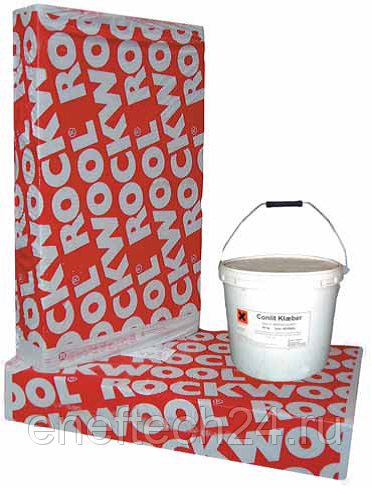

1. Mineral wool boards ROCKWOOL CONLIT
CONLIT slabs are made of ROCKWOOL stone wool based on fibers obtained by melting rocks of the basalt group. Stone wool fibers are able to withstand temperatures above 1000 ° C without melting, protecting steel structures from fire and thus preventing them from collapsing. The structure of stone wool provides ROCKWOOL products with shrinkage and dimensional stability throughout the life of the coating.
CONLIT boards can be produced with a glass mesh coating for the convenience of subsequent decorative finishing.
2. Glue CONLIT GLUE
CONLIT GLUE modified silicate adhesive is intended for fixing CONLIT mineral wool boards on the surface of steel structures, as well as to each other. The adhesive is highly temperature resistant and can withstand temperatures up to 900 ° C.
Glue specifications:
- PH value <12
- Consumption during installation, kg / m2 1.0 ... 1.5
- Adhesion to metal (72 hours after application), MPa ≥ 0.3
- Curing time, h 12
- Minimum application temperature, ° C + 5
3. Mounting nails
For temporary fixation of mineral wool boards during the drying of the glue, nails GOST 1028-63 are used. The length of the nails should be twice the thickness of the material used.
Installation of fire protection system CONLIT
| Surface preparation of the protected steel structure Steel structures must be dry, free of oil and other components. Structural surfaces must be degreased with some kind of solvent. | |
| Cutting out CONLIT mineral wool boards The slabs are cut with a special Rockwool knife, or on a circular saw with cutting or diamond wheels (no teeth). | |
| Preparing inserts The inserts are cut in the form of bars at least 100 mm wide and 50 mm thick. The length of the insert, with a fire retardant covering of an I-beam or channel, is determined based on the size of the profile, or rather, the distance between the shelves, plus a small margin of about 5 mm. | |
| Preparing the base coat The cutting of the main protective coating for the cladding of the steel profile is made based on its geometric dimensions. | |
| Application of CONLIT GLUE silicate glue Before applying, the glue is thoroughly mixed for 2-3 minutes. CONLIT GLUE is applied at temperatures above + 5 ° C. During work, the remainder of the fresh glue must be washed off with water, since dried residues can only be removed mechanically. Depending on the temperature and air access to the glued surfaces, the drying time of the glue ranges up to 12 hours. | |
| Installation of a fire retardant composition using the example of a steel I-beam (fire retardant coating on three sides) | |
| A layer of CONLIT GLUE glue with a minimum thickness of 2 mm is applied to the pre-prepared inserts (including the ends that will be in contact with the elements of metal structures) | |
| The inserts are fixed in the spacer between the flanges of the I-beam. In doing so, they should slightly protrude beyond the ends of the flanges. The maximum permissible distance between the inserts is 600 mm. | |
| After installing the inserts, it is necessary to wait 12 hours for the glue to dry. | |
| On the front side of the fixed inserts on one side of the I-beam wall, apply CONLIT GLUE with a layer of at least 2 mm thick. | |
| Prefabricated parts of the main fire retardant cladding are attached to the inserts with nails. Nails fix the veneer while the glue dries. Their number is 2-3 pieces per insert. | |
| CONLIT GLUE glue with a layer thickness of at least 2 mm is applied to the end sides of the pre-prepared parts of the fire-retardant coating intended for facing the I-beam shelves. | |
| The prepared parts of the cladding with the glue applied to them are fixed from the side of the I-beam shelves onto the already mounted plates with the help of nails. The length of the nails should be 2 times the thickness of the material used. | |
| The joints are coated with CONLIT GLUE glue. | |
| Similar actions are performed for the side of the I-beam located on the other side of the wall. | |
| On the part of the cladding, which is intended for installation from the side of the I-beam shelf, CONLIT GLUE is applied both on the end parts and on the front. | |
| The prepared part of the cladding is applied from the side of the I-beam flange and is fixed with nails to the parts of the cladding located on the side of the I-beam wall. | |
| After the glue has dried, the nails are removed or their heads are covered with a layer of CONLIT GLUE. | |

